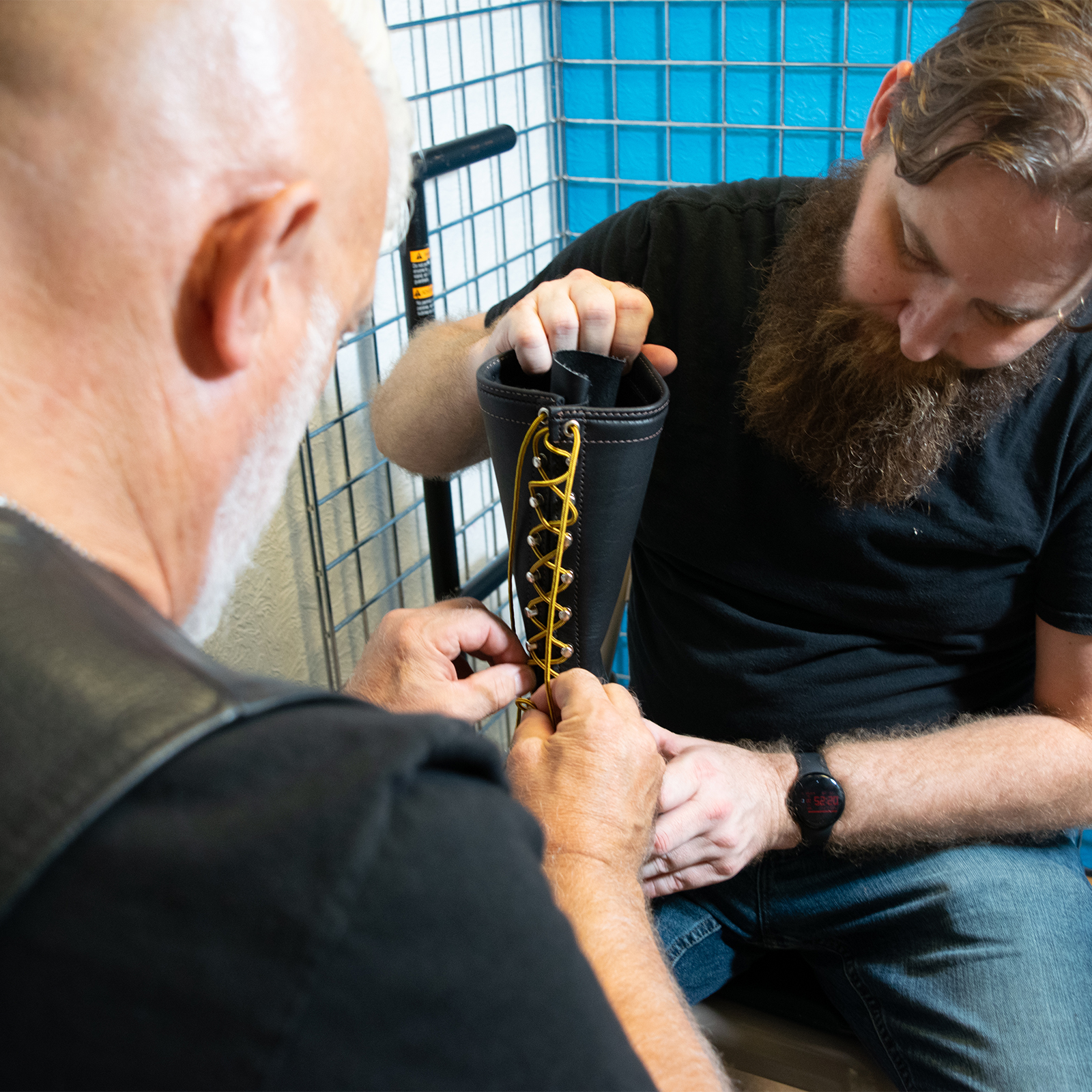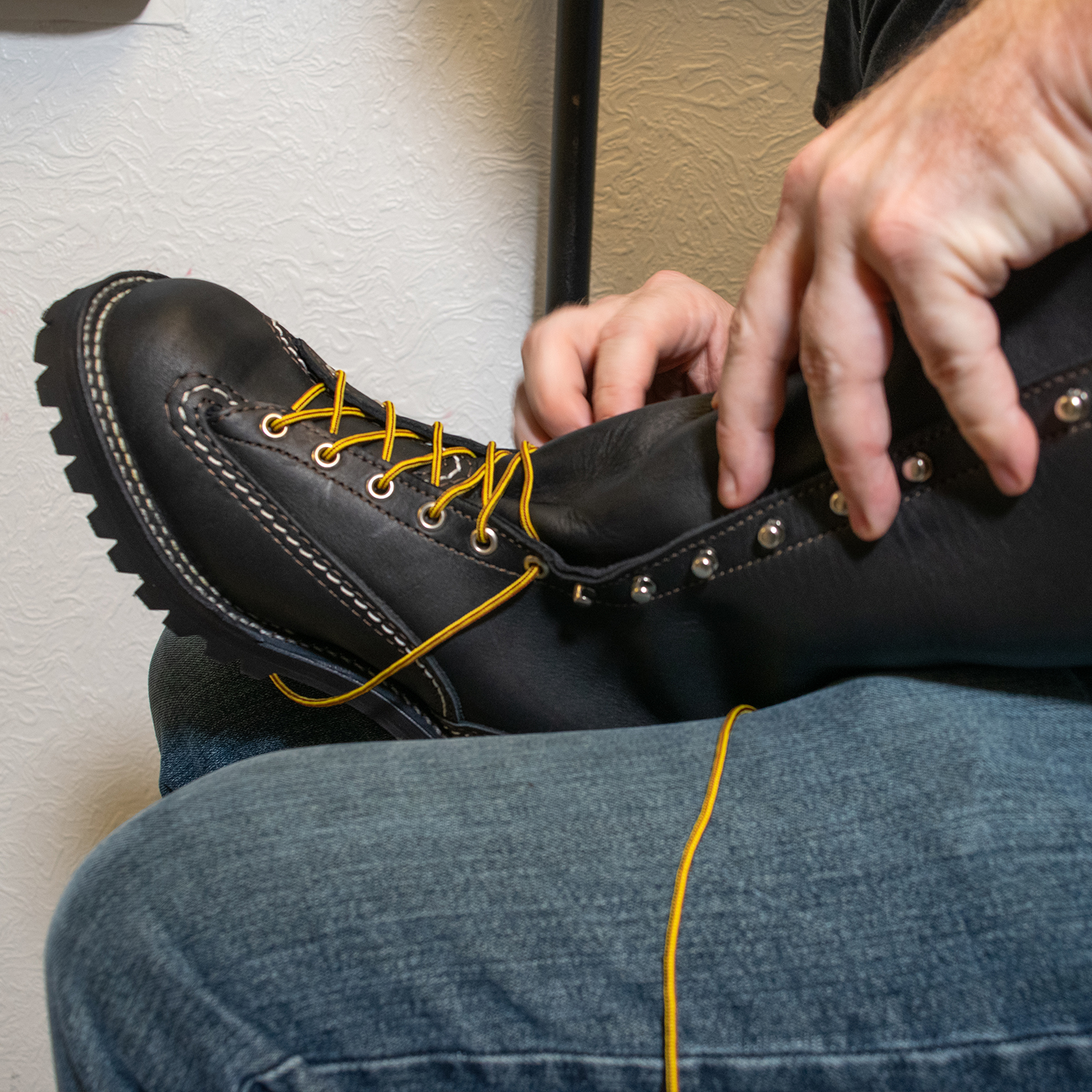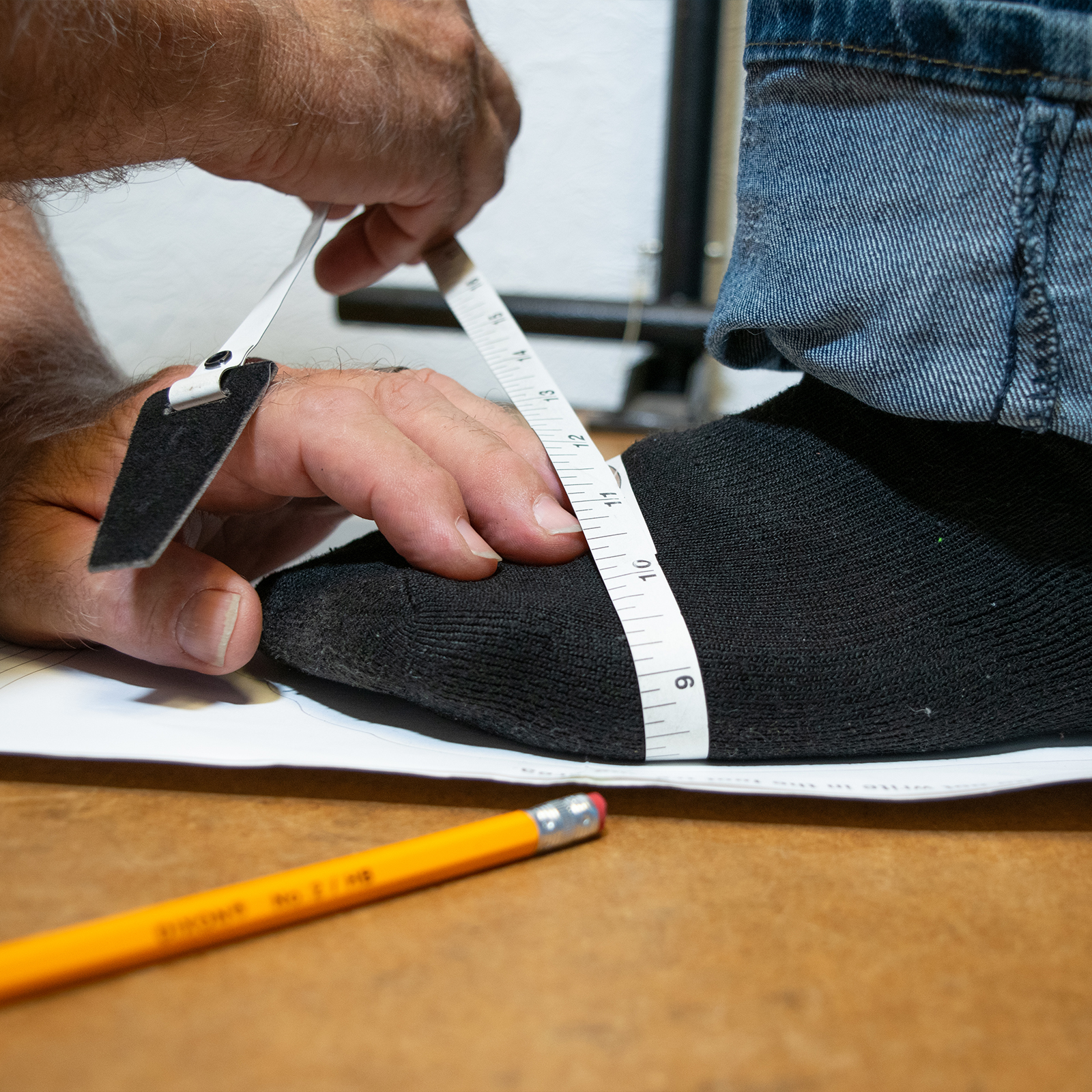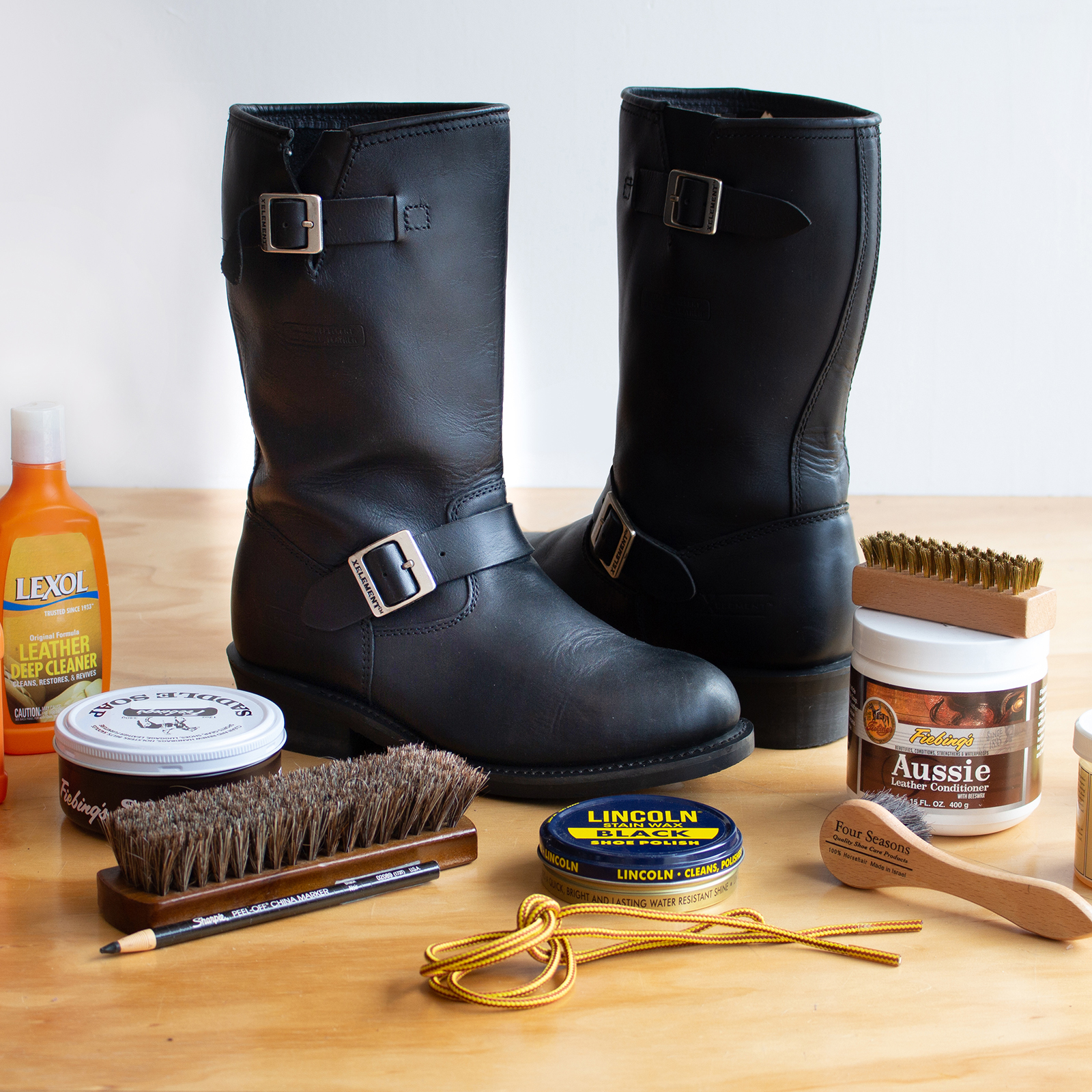Blog

The Complete Guide to Boot Laces at Stompers Boots
Boot laces may seem like a small detail, but they play a crucial role in how your boots fit, feel, and perform. The right lace can affect comfort, security, and...

How to Choose the Right Boot: A Comprehensive Guide
When it comes to finding the perfect pair of boots, it’s more than just a style choice—it’s about getting the right fit, function, and feel for your lifestyle. Whether you’re...

Elevate Your Adventure: The Advantages of Opting for Premium Leather Boots
When it comes to boots, it’s tempting to go for a bargain. After all, a cheap pair of leather boots can seem like a smart choice, but they start falling...

How to Break in Leather Boots: A Step-by-Step Guide
Why Breaking in Leather Boots is Essential Breaking in leather boots isn’t just about comfort—it’s about creating a perfect custom fit for your feet, improving durability, and maximizing performance. A...

The Ultimate Guide for Boot Measurements: Ensuring the Perfect Fit
When it comes to choosing the right pair of boots, getting the perfect fit starts with accurate boot measurements. A great-looking boot that doesn’t fit properly will only lead to...

Comprehensive Leather Boot Care: A Guide to Longevity and Style
Leather boots are the perfect blend of rugged durability and sophisticated style. But to keep them looking great and performing well, proper care is essential. This guide will show you...